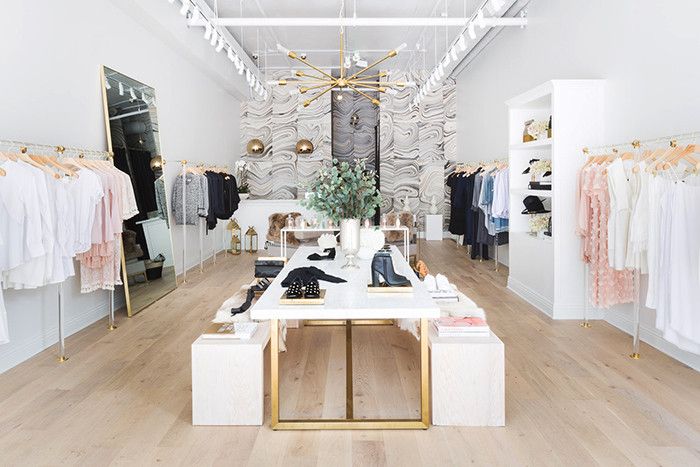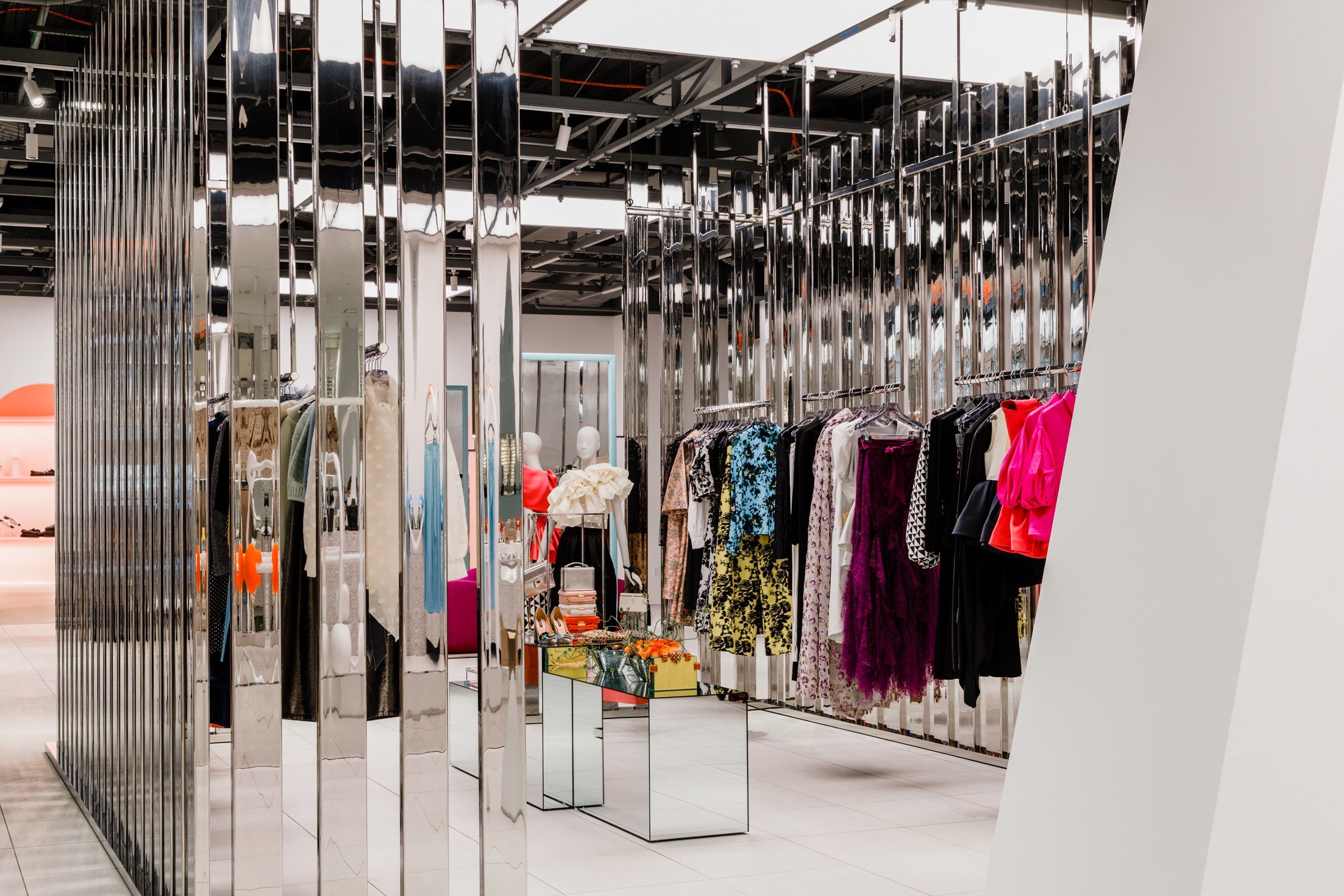A Deep Dive Into the World of High-Fashion Runways: Understanding Clothing as Art
Designers, a lot like masterful musicians, weave complex narratives via fabric, shade, and type, redefining and testing standard standards charm criteria. As we discover these sartorial spectacles, we must contemplate: what duty does fashion play in shaping social worths, and just how does it mirror the ever-changing tapestry of human feeling and identity?
The Advancement of Runway Reveals
The trajectory of path shows has actually transformed significantly over the decades, progressing from unique industry events to fascinating spectacles that mix fashion with art. Generally, runway shows were intimate affairs, kept in ateliers or tiny places, largely participated in by buyers and market insiders. These early discussions concentrated on the garments' craftsmanship and commercial viability, providing a direct and sensible screen of seasonal collections.
As the apparel industry expanded, the nature of runway shows started to change. The 1970s and 1980s noted a transforming factor, with developers seeking to distinguish themselves with more staged presentations. This period saw the rise of elaborate collections, choreographed versions, and thematic narratives, declaring a new age where the path became an experiential system. The programs transformed into a kind of narration, where each collection communicated a distinct narrative or concept.
In recent times, innovation and social media have further reinvented runway programs, making them obtainable to a global audience. Livestreaming and digital platforms have democratized style, enabling enthusiasts worldwide to witness these occasions in real-time (boutique fashion). This evolution mirrors a wider cultural shift, where high-fashion runways serve as a vibrant junction of technology, performance, and design
Designers as Visionary Artists
Developers in the high-fashion market have actually blurred the lines in between useful garment production and the conceptual realm of art. By accepting imaginative techniques such as sculpture, paint, and avant-garde installments, developers craft garments that challenge traditional fashion standards and boost them to art types.
Visionary developers attract ideas from a myriad of resources, including abstract art, historical recommendations, and personal stories. They have an one-of-a-kind capability to picture and emerge concepts that press the boundaries of standard style, often redefining aesthetic paradigms while doing so. This creative ingenuity is showcased via significant silhouettes, innovative products, and intricate workmanship, which welcome viewers to experience fashion as more than just wearable things.
Furthermore, the runway acts as a canvas for these musicians, where illumination, music, and set layout coalesce to produce immersive experiences. These discussions are not just screens of garments however are managed efficiencies that evoke emotion and prompt idea, verifying the developer's role as a true artist in the modern cultural landscape.
Social Influences in Style
Social tapestry weaves its detailed patterns right into the textile of fashion, affecting developers internationally. The vibrant interchange of look at this web-site social stories, customs, and icons informs and inspires collections that elegance high-fashion runways.
The influence of culture on fashion is usually seen in the reinterpretation of traditional garments and patterns. The use of Japanese robes, Indian saris, or African prints in contemporary fashion reflects a blend of social credibility and modern aesthetics. Designers such as Valentino's Pierpaolo Piccioli and Alexander McQueen's Sarah Burton have been understood to incorporate abundant cultural concepts into their couture collections, equating history right into wearable art.

Technology in Textile and Style
Advancement in fabric and design continually reshapes the landscape of high-fashion, pressing boundaries and redefining opportunities. Developers are increasingly exploring the assimilation of technology, such as 3D printing, which allows for the creation of complex frameworks that were formerly inconceivable.
The fashion market is seeing a rise in the use of green materials, obtained from recycled plastics, natural fibers, and also eco-friendly components. Developers are accepting these products to craft garments that are both aware and visually striking of their environmental footprint.
In terms of layout, experimental types and avant-garde shapes are continually reinventing the runway. By incorporating unconventional products and cutting-edge methods, developers cultivate garments that obscure the line between style and art, setting new requirements for creative thinking and expression in the high-fashion sphere.
Impact of Fashion on Society
Fashion wields an extensive impact on society, working as both a representation of social identity and a catalyst for social change. Through its evolution, style More about the author has mirrored societal shifts, enveloping the zeitgeist of various eras. As an example, the flapper dresses of the 1920s personified a newfound sense of women's freedom, while the bold prints of the 1960s resembled the cutting edge spirit of the moment. High-fashion runways, particularly, serve as platforms for difficult norms and redefining elegance requirements. Developers use these venues to attend to pressing social concerns, from sustainability to diversity, thereby forming public discussion.
Furthermore, style has the power to bridge social voids, fostering understanding and gratitude among varied teams. As globalisation increases, the cross-cultural exchange of style concepts becomes progressively significant, advertising inclusivity and variety. The surge of streetwear, stemming from metropolitan subcultures, highlights how fashion can go beyond socio-economic limits, see this site granting individuals a means of self-expression and empowerment.
Essentially, style is not merely regarding aesthetic appeals; it is a dynamic force that influences worths, mindsets, and societal development (boutique fashion). By continuously communicating with cultural and social currents, style stays an integral component of the collective human experience

Final Thought
High-fashion runways act as vibrant fields where clothes goes beyond functionality to come to be a meaningful art form. Developers, similar to visionary artists, orchestrate collections that reflect identification, emotion, and cultural stories, testing traditional looks. The fusion of cutting-edge fabric and style, combined with intricate collection designs, illumination, and songs, develops immersive experiences that celebrate cultural variety. This intersection of style and artistry not just mesmerizes target markets around the world but likewise influences societal assumptions and promotes a much deeper admiration for multiculturalism.

Social tapestry weaves its intricate patterns right into the textile of style, affecting developers internationally.Fashion wields a profound influence on culture, offering as both a reflection of cultural identity and a stimulant for social adjustment.